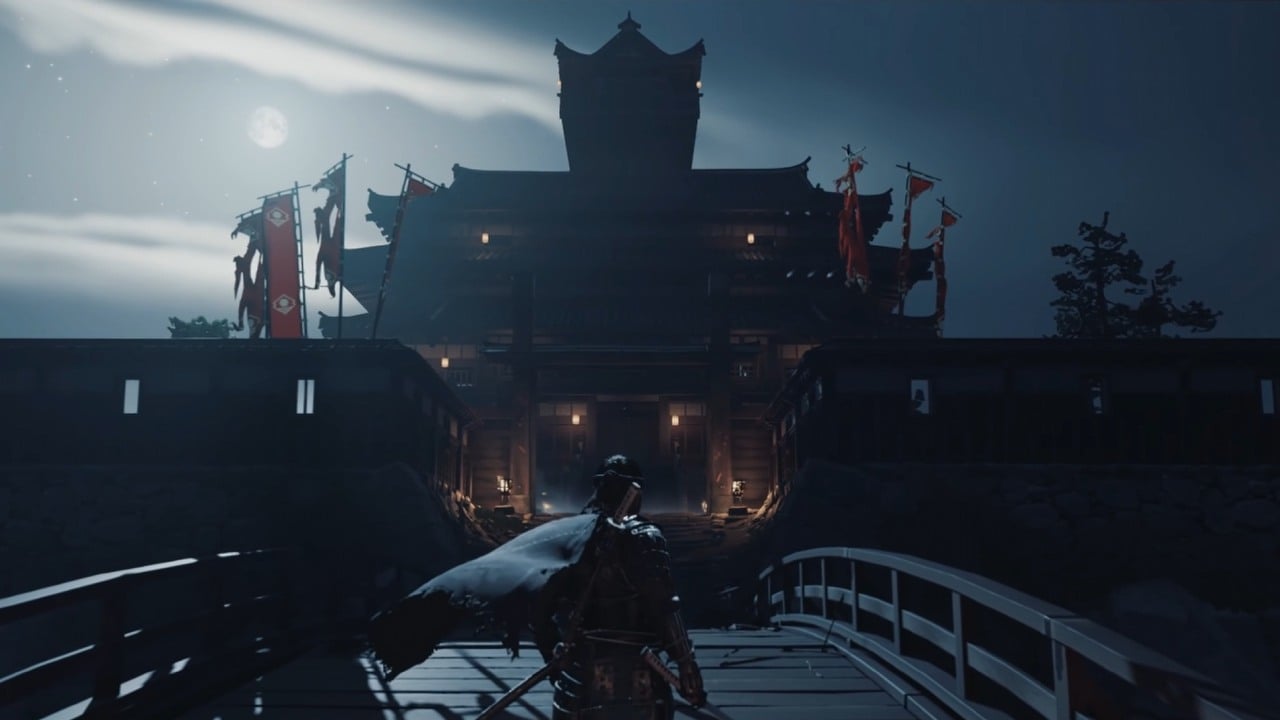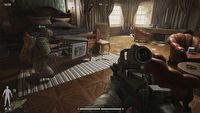Ghost of Tsushima - Dynamic Resolution Scaling (DRS) Explained
If you have been tinkering with Ghost of Tsushima settings and found Dynamic Resolution Scaling puzzling, look no further. Here you will learn what it is and should you have it enabled.

Sony continues to release their initially exclusive PlayStation productions for PC. The company delivers one title after another, as in span of 2 months we have received 2 games. After Horizon Forbidden West, Ghost of Tsushima made its thunderous entrance to PC market swooping other productions from Sony’s studios. The port, however, is far from ideal. Fans report issues with audio, crashes, starting new game and even mechanics like standoff. On the other hand, Nixxes Studio, which prepared the port, implemented a lot of features and settings to customise performance on PC. One of the more interesting is Dynamic Resolution Scaling. What it is? Should it be turned on? Let’s find out.
Dynamic Resolution Scaling in Ghost of Tsushima
Nixxes did a great job with adding a lot of settings to Ghost of Tsushima port on PC. This is an ideal opportunity to optimise performance of the game to our current setup. However, some of them may be more confusing than others, for example, Dynamic Resolution Scaling, which is also often found on consoles, too.
In theory it is simple – when your GPU is not catching up with the action on screen and isn’t able to output the desired number of frames, it will dynamically scale down the resolution to increase the number of FPS, making the experience as smooth as butter without any hitches. But there is a lot more to it.
Enabling it doesn’t mean that suddenly you will be playing at 1080p (1920x1080px) on your 4K (3840x2160px) monitor. Since this feature is handled by the game engine, it’s up to developers to specify the minimum and maximum resolution that the production can operate within. Additionally, the DRS is nonlinear, which means that only one axis of resolution can be scaled down. Due to that, it’s a lot less noticeable but still improves performance.
Should you use DRS in GoT?
Since Ghost of Tsushima is still in its infancy period on PC, there are a lot of hiccups, also when it comes to performance. Players have noticed that the title can often freeze and stutter. Of course, we can expect that it will be fixed soon in one of the future patches, but so far, we can employ Dynamic Resolution Scaling to alleviate this problem.
DRS was created to battle just that – unexpected frame drops. However, it doesn’t mean that it will eliminate the issue completely. Until more optimization from the side of developers is done, it is a good idea to have the feature enabled to fully enjoy the game. Also, when the updates already improve the situation, it will still do no harm to have it enabled, unless the effect is very noticeable and hinders the otherwise beautiful creation of Tsushima Island.
0

Author: Aleksander Kartasinski
Just a random from the depths of the internet who happens to be interested in video games like millions of other people on this planet. By sheer luck he was given a chance to write about them. Worked in IT department and supported users for way too long, but also given a chance to do some IT magic on a large scale in his free time. Interested in technology, games with intriguing mechanics, etymology, and linguistics.
Latest News
- End of remote work and 60 hours a week. Demo of Naughty Dog's new game was born amid a crunch atmosphere
- She's the new Lara Croft, but she still lives in fear. Trauma after Perfect Dark changed the actress' approach to the industry
- „A lot has become lost in translation.” Swen Vincke suggests that the scandal surrounding Divinity is a big misunderstanding
- Stuck in development limbo for years, ARK 2 is now planned for 2028
- Few people know about it, but it's an RPG mixing Dark Souls and NieR that has received excellent reviews on Steam, and its first DLC will be released soon


